Several people have asked us about our creative process. I decided to write a blog post on how we generate game content. While the example in this blog post refers specifically to designing enemies, this process can be generally applied to any type of game content. This includes mechanics, levels, narrations, characters, etc. Here’s a quick overview of the seven steps in our process:
Brainstorming
Design Discussion
Documentation
Art Concept
Art Design
Implementation
Playtesting and Balancing
1. Brainstorming
First we generate as many ideas as possible. More often than not, people tend to prefer being creative on their own. When designing enemies for a new biome, we allocate a certain amount of time to brainstorming ideas individually. We document with rough textual descriptions and illustrations to convey our idea as effectively as possible.
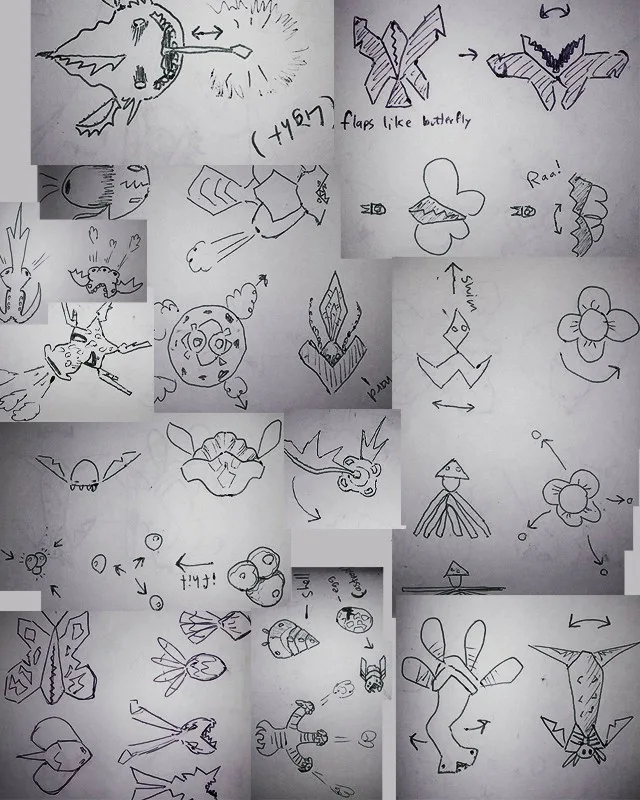
What makes brainstorming effective is generating as many ideas as possible. Don’t worry about fleshing out any single idea just yet. The more ideas the better because this increases the chances of thinking up the really good ideas. Would you rather go to a restaurant and have 3 entree options or 10? The more options to choose from the better.
2. Design Discussion
Next we each share our ideas with one another. We take turns talking about our ideas. Having a giant white board helps a lot because everyone can write notes and draw concepts. Don’t worry about how crappy a concept might be. As long as it conveys the idea, it’s good enough. Spending too much effort and time creating detailed illustrations during the brainstorming or discussion phase is really just a waste of time. This is because most ideas won’t be used or will be modified greatly during the discussion.
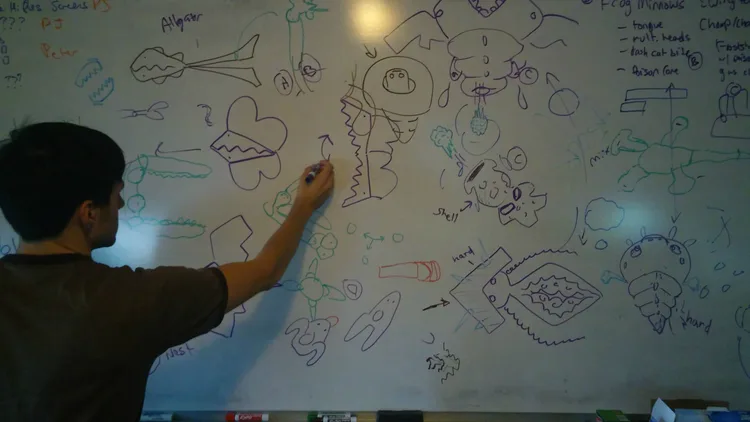
We’ve considered our scope very carefully and concluded that each biome will have eleven fish: two starbait (small enemies) and nine astrofish (normal enemies). After analyzing the pros and cons of each enemy, we select the eleven fish. Here’s a brief list of the sorts of factors we discuss and consider:
Attack/Defense
Movement
Weak Points
Difficulty
Interaction with Player
Interaction with other enemies
Interaction with the environment
Here are some examples. We wouldn’t want a biome to have all hard fish or all easy fish. Nor would we want all projectile-based enemies or all melee-based enemies. We wouldn’t design an enemy that has weak points that are hard to hit for the first biome since we want to ease the player into the game.
3. Documentation
It’s important to document ideas for two main reasons. The first is so that no one forgets the ideas and makes up modified versions of the idea in their head. Remember the game telephone? Documenting makes the idea concrete and keeps everyone on the same page. Most studios use Game Design Documents in the form of a word doc (I recommend Google Docs). We prefer to use a wiki for sake of organization (we use Wikidot).
4. Art Concept
During the next phase, our artist Peter experiments with shape and form. He’ll sketch a few rough concepts then get feedback from the rest of the team. After a few iterations of redesigning and receiving feedback, we’ll choose a general design. I cannot stress how important it is to receive feedback. The more feedback the better.
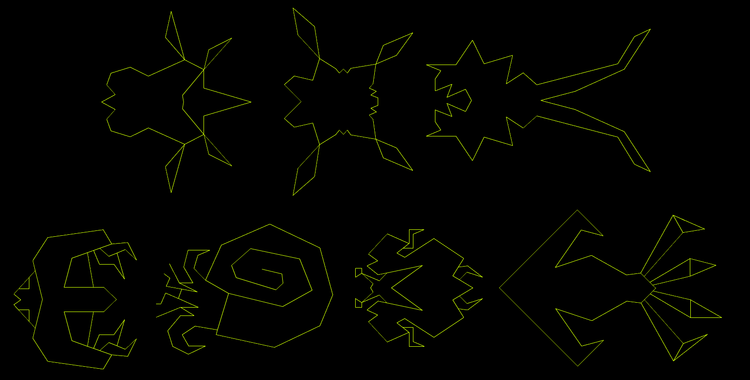
5. Art Design
Now Peter will flesh out the concept and add details such as shading, texture, etc. He’ll also do the animations for the enemy. He follows the style guidelines outlined on our wiki. Here’s a sample of what the steps might entail.
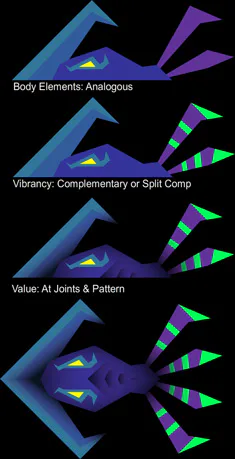
6. Implementation
Sean then implements the art assets into the game and programs the enemy’s movement and attack patterns based off the specifications outlined in the documentation. He usually programs the behavior quickly and roughly at first in order to test it out. It’s essentially micro-prototyping. If there’s an issue with the way we designed it, we make the appropriate altercations.
7. Playtesting and Balancing
Last but not least, we’ll make any adjustments to the art or behavior as we see fit. Usually playtesting balancing occurs numerous times throughout a games development process, so we always come back to tweak enemies here and there.
I hope you found this blog post helpful and can apply it to your own creative process. Don’t forget to follow our Facebook, Twitter, Twitch, and Website for more information.

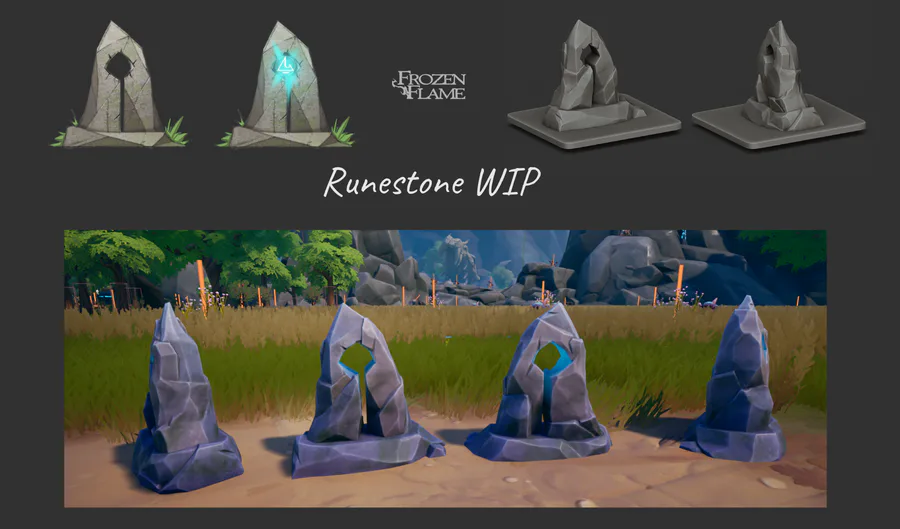
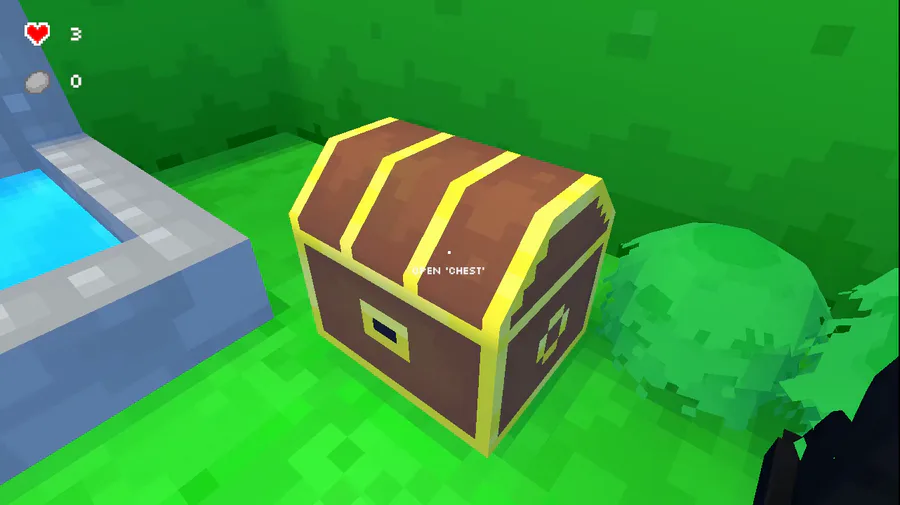
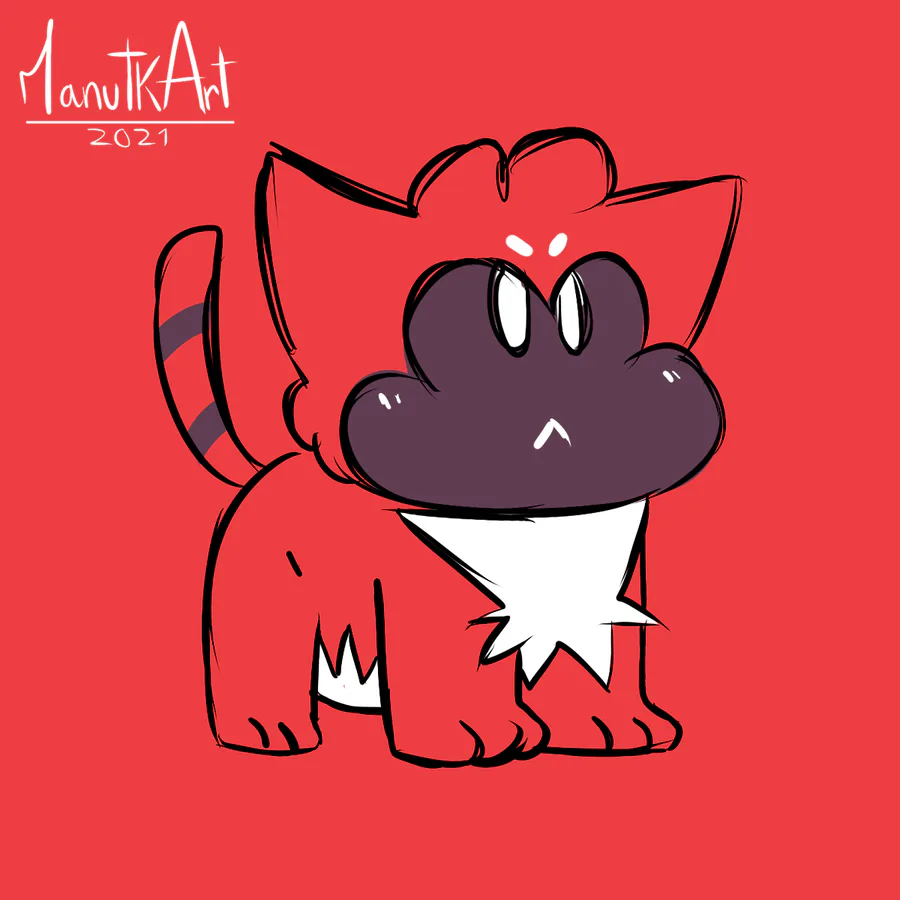
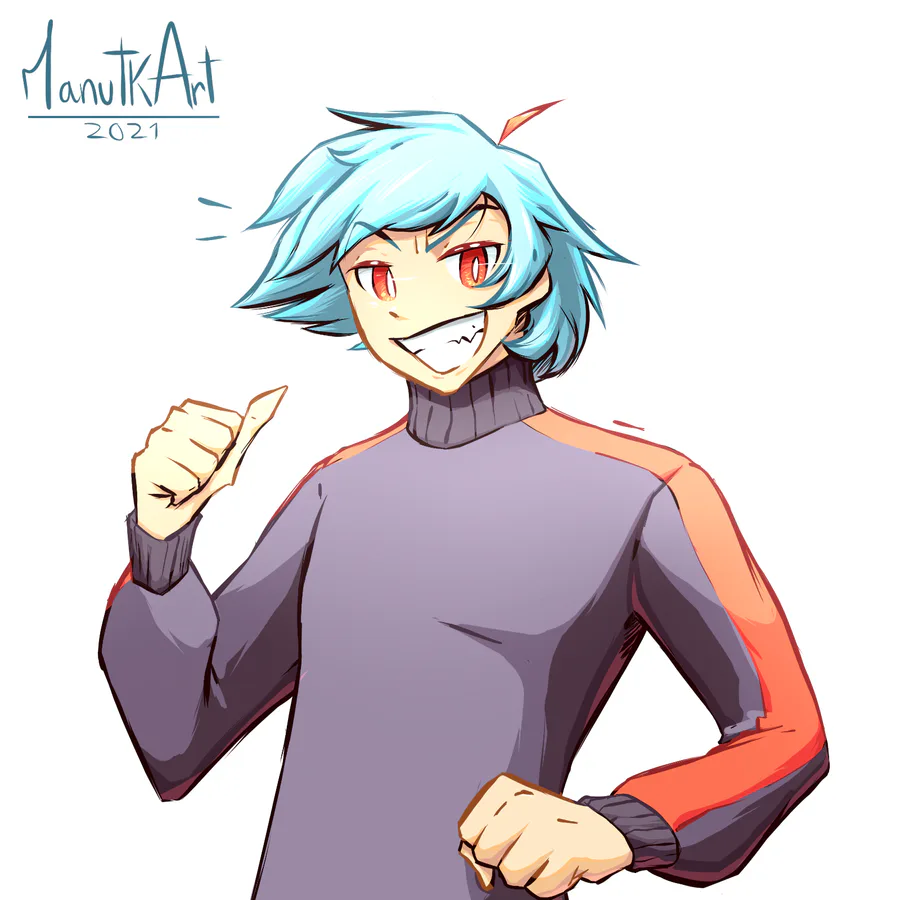
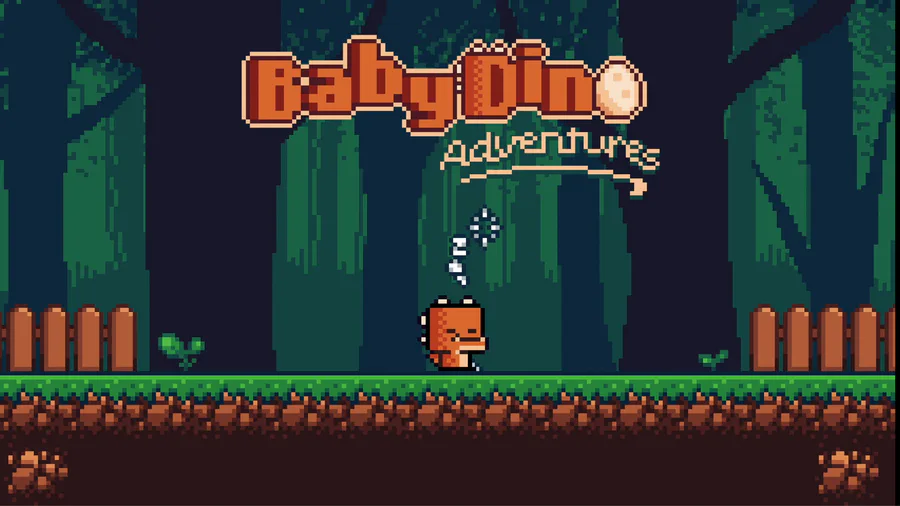
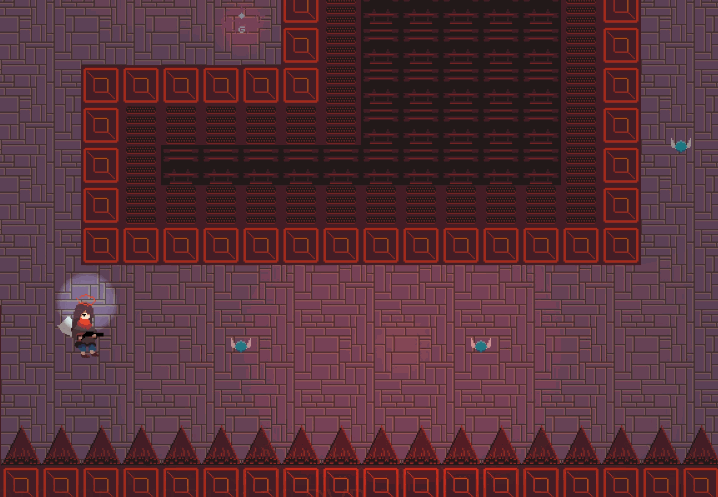

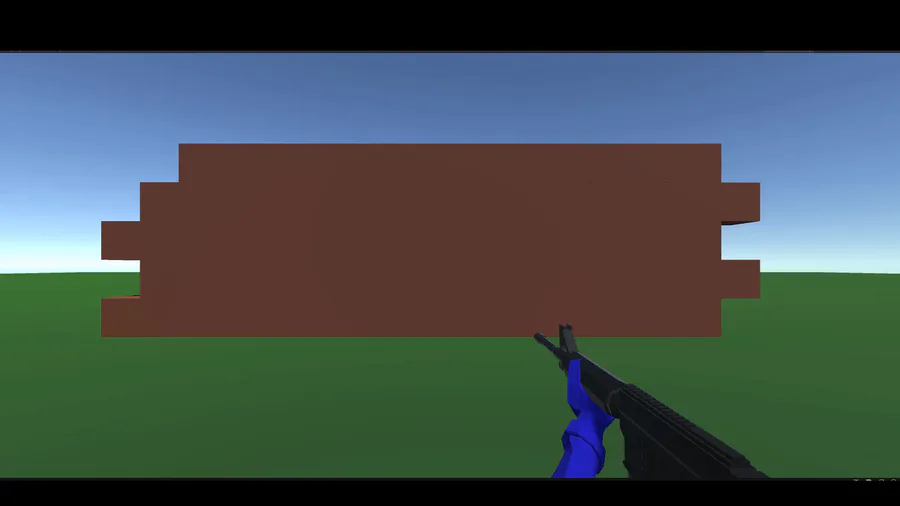
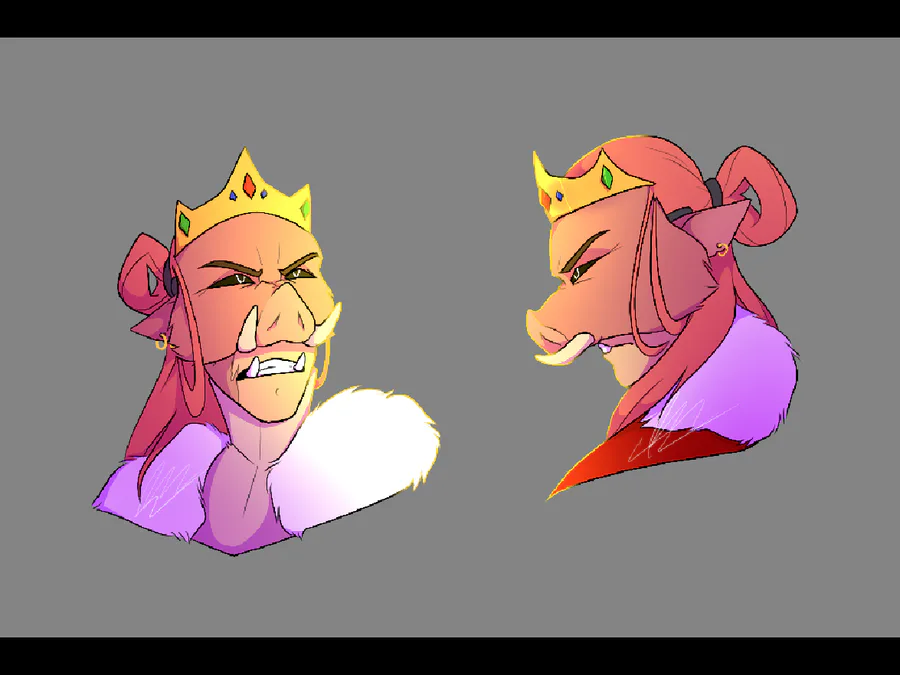
0 comments